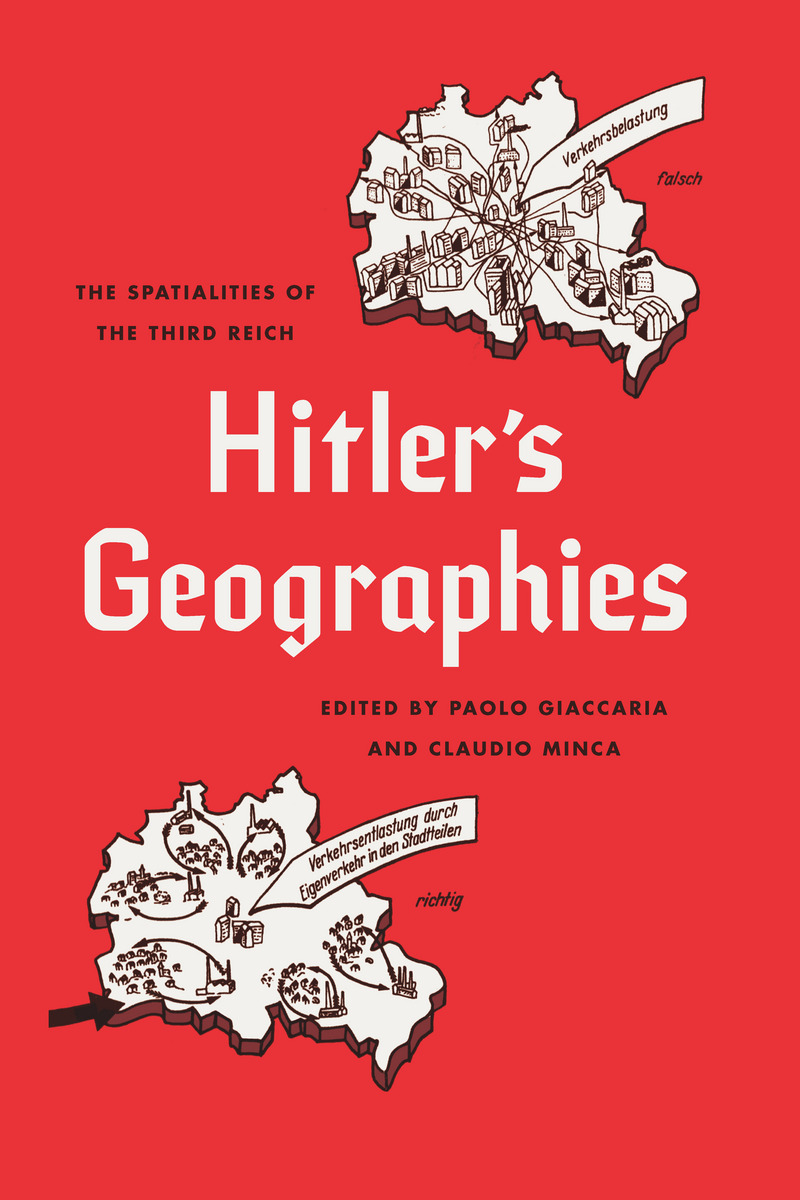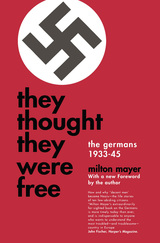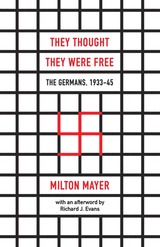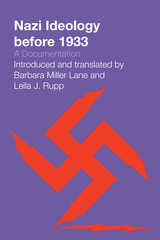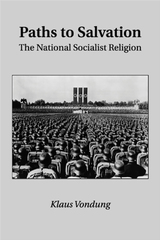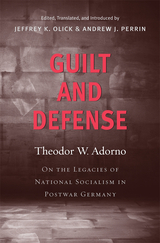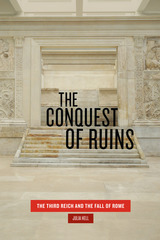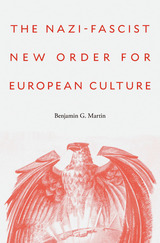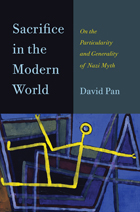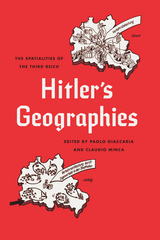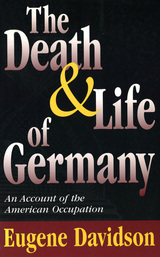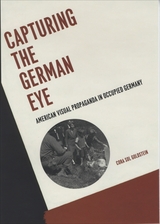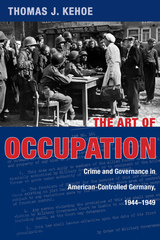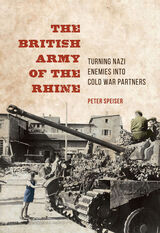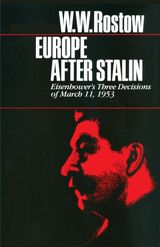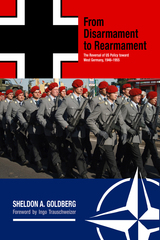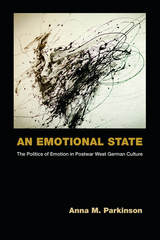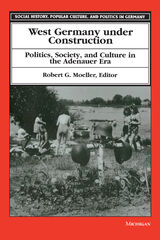Hitler's Geographies: The Spatialities of the Third Reich
University of Chicago Press, 2016
Cloth: 978-0-226-27442-3 | eISBN: 978-0-226-27456-0
Library of Congress Classification DD256.7.H58 2016
Dewey Decimal Classification 943.086
Cloth: 978-0-226-27442-3 | eISBN: 978-0-226-27456-0
Library of Congress Classification DD256.7.H58 2016
Dewey Decimal Classification 943.086
ABOUT THIS BOOK | AUTHOR BIOGRAPHY | REVIEWS | TOC | REQUEST ACCESSIBLE FILE
ABOUT THIS BOOK
Lebensraum: the entitlement of “legitimate” Germans to living space. Entfernung: the expulsion of “undesirables” to create empty space for German resettlement. During his thirteen years leading Germany, Hitler developed and made use of a number of powerful geostrategical concepts such as these in order to justify his imperialist expansion, exploitation, and genocide. As his twisted manifestation of spatial theory grew in Nazi ideology, it created a new and violent relationship between people and space in Germany and beyond.
With Hitler’s Geographies, editors Paolo Giaccaria and Claudio Minca examine the variety of ways in which spatial theory evolved and was translated into real-world action under the Third Reich. They have gathered an outstanding collection by leading scholars, presenting key concepts and figures as well exploring the undeniable link between biopolitical power and spatial expansion and exclusion.
With Hitler’s Geographies, editors Paolo Giaccaria and Claudio Minca examine the variety of ways in which spatial theory evolved and was translated into real-world action under the Third Reich. They have gathered an outstanding collection by leading scholars, presenting key concepts and figures as well exploring the undeniable link between biopolitical power and spatial expansion and exclusion.
See other books on: 1933-1945 | Geography | National socialism | Spatialities | Third Reich
See other titles from University of Chicago Press
